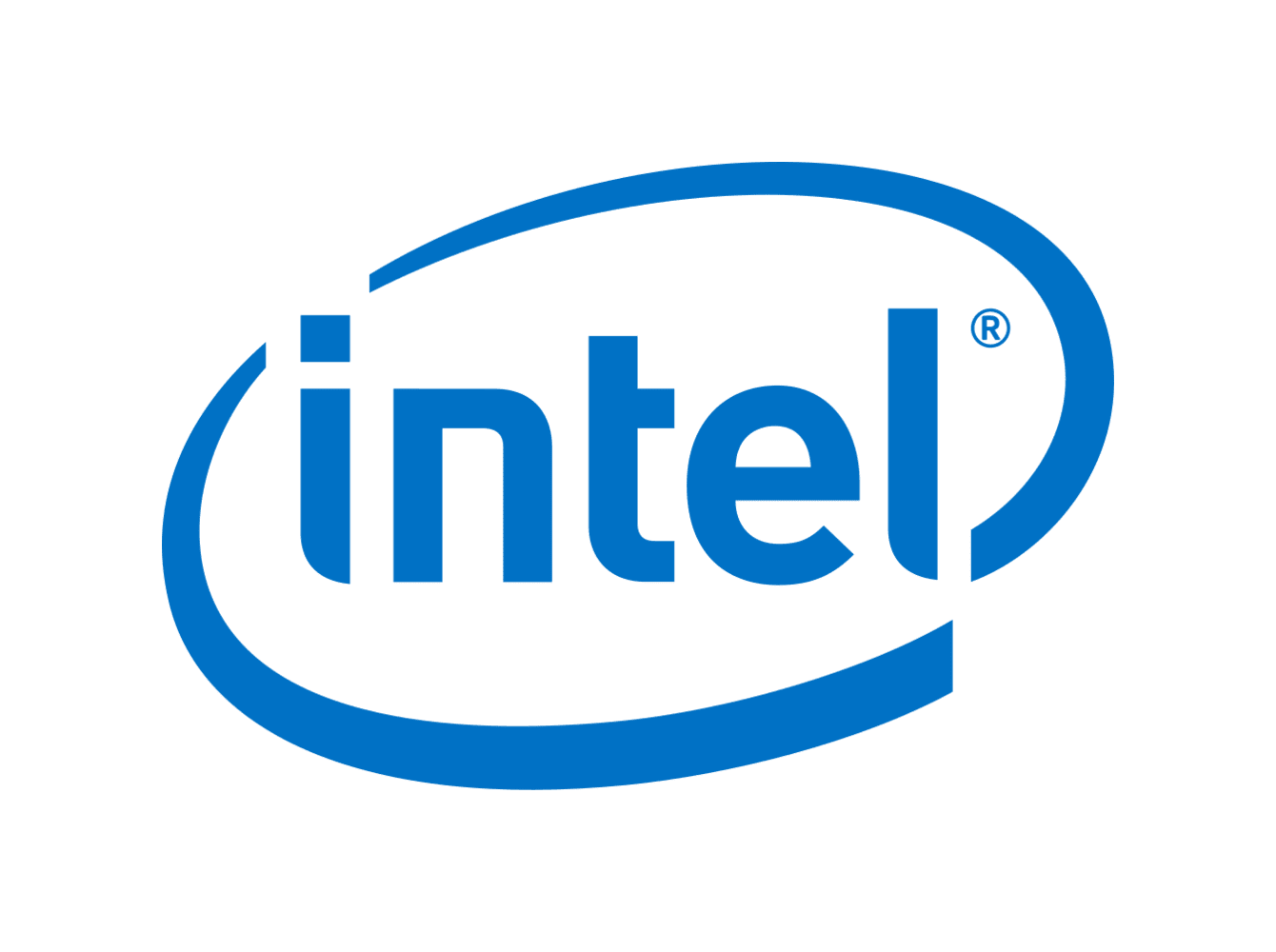This is all a bit too cryptic for me.
Just went to grab the latest BIOS for my MSI Z690 Tomahawk and found an “ME update” linked beneath the BIOS file. Had to google what “ME” actually stands for (since MSI don’t seem to think it necessary to explain that, lol). Never messed with this before, so I have no idea what I should be doing - or rather in what order I should do it in.
It does seem that my installed files are out of date compared to the update:
… but I have no idea what order to do this stuff in. The SOP-file only contains two lines which, basically, say
- Unzip archive
- Run .exe, which will install the update.
Do I have to update the firmware before or after I flash the BIOS?
Anything else I need to do/watch out for besides grabbing and running that firmware-update?
S.
Same question I had with pretty much the same motherboard.
I updated the BIOS first, and that seemed to have updated the ME as well. I checked by running the “MSI ME FW Tool.exe” provided below the BIOS file, and the “current version” and “target version” were the same. I thought I still had to run it, but you do not if you update the BIOS (For certain vendors). Still doesn’t hurt to download their tool and see.
Which, when I did Google about the ME, most answers stated that most BIOS updates include it now, so.
I updated Intel ME and Bios yesterday, same motherboard, just DDR4 WiFi version and windows flipped out that I changed hardware. Deactivated my active retail license which I bought directly from Microsoft. I spent 8+ hours arguing with Microsoft support reps yesterday.
Just be aware before you update your bios, this can happen.
Just be aware before you update your bios, this can happen.
Odd.
I changed quite a lot of the HW on this system in the past few months and other than Windows prompting me to re-activate my license, nothing really happened. I think that was when I completely swapped my RAM (4x8GB to 2x16GB). Changing GPUs didn’t cause Windows to freak out (as it shouldn’t) but even when I upgraded my CPU from 12th to 14th gen, I didn’t have to do anything. And that’s with a Win 11 Pro license I bought from one of those “Their prices are so low, I can’t believe their legit”-vendors. :D
In any case: Thanks everyone for the clarification. I guess something must’ve changed with this ME-update then because when I updated my MSI board’s BIOS the last time it was with a BIOS that did enable 13th gen support - and there was no separate ME-update. Also pretty sure this most recent one I grabbed wasn’t the first to support 14th gen, so maybe this has something to do with that new APO-function Intel just introduced for 14th gen?
Not sure… but updating ME first (using the files from MSI’s support page) then flashing the BIOS worked fine for me.
S.
Nobody even knows what Intel ME is but we all know it’s not needed for anything
Lol, sure buddy.
My laptop has been putting itself to sleep because of something Intel related. I uninstalled ME along with their driver update utility.
Essentially if you don’t have ME if you have software that uses it it’ll stop. Otherwise it’s not needed.
The Management Engine is literally a little embedded computer system with its own OS that manages the operation of your main computer system, completely separate from the BIOS. It needs to be updated for security purposes and general compatibility: for example, without up-to-date ME firmware, your Z690 motherboard could not run a 13th or 14th gen CPU.
Most motherboard makers update the BIOS and ME at the same time, the notable exception Being Asus which requires them to be done separate. However that doesn’t mean a newer ME firmware update might not come out after a BIOS is released.
While I feel it’s moderately important to update the ME for compatibility and major security reasons, I wouldn’t worry much about minor updates. Most people NEVER update their ME, even if they should.
The Management Engine is literally a little embedded computer system with its own OS that manages the operation of your main computer system
Importantly, it has access to parts of your computer even when your computer is turned off. This is why it’s important to keep it up to date.
I updated MEI firmware first, rebooted to Windows, and updated BIOS. All went fine.
Just upgrade BIOS instead

